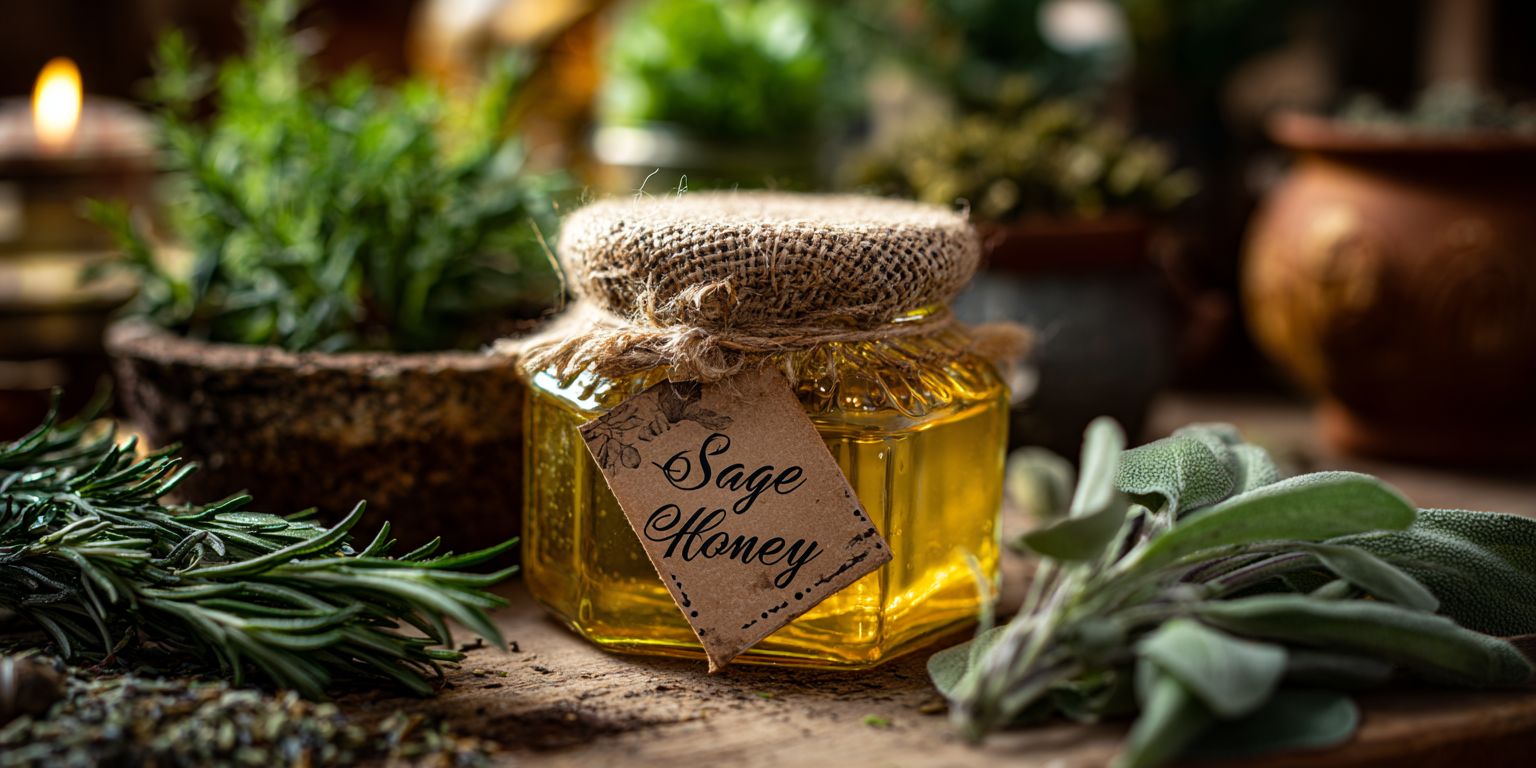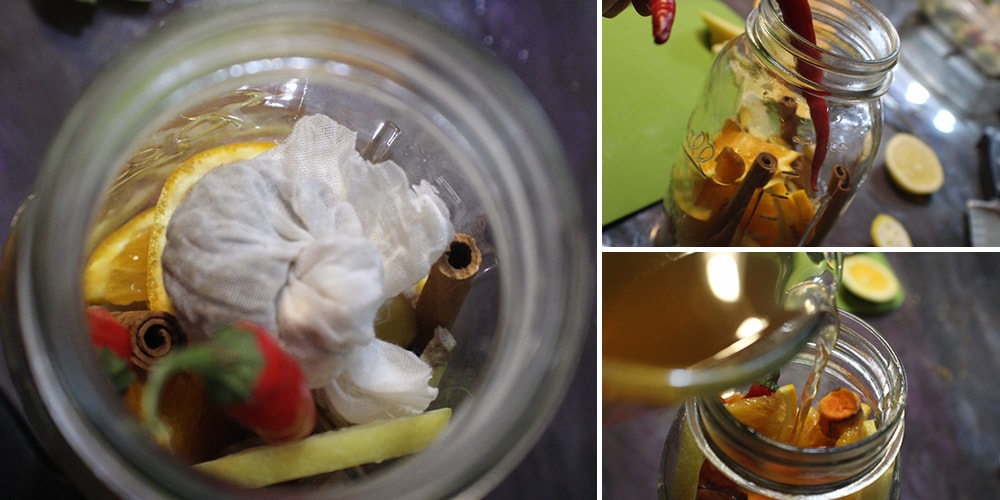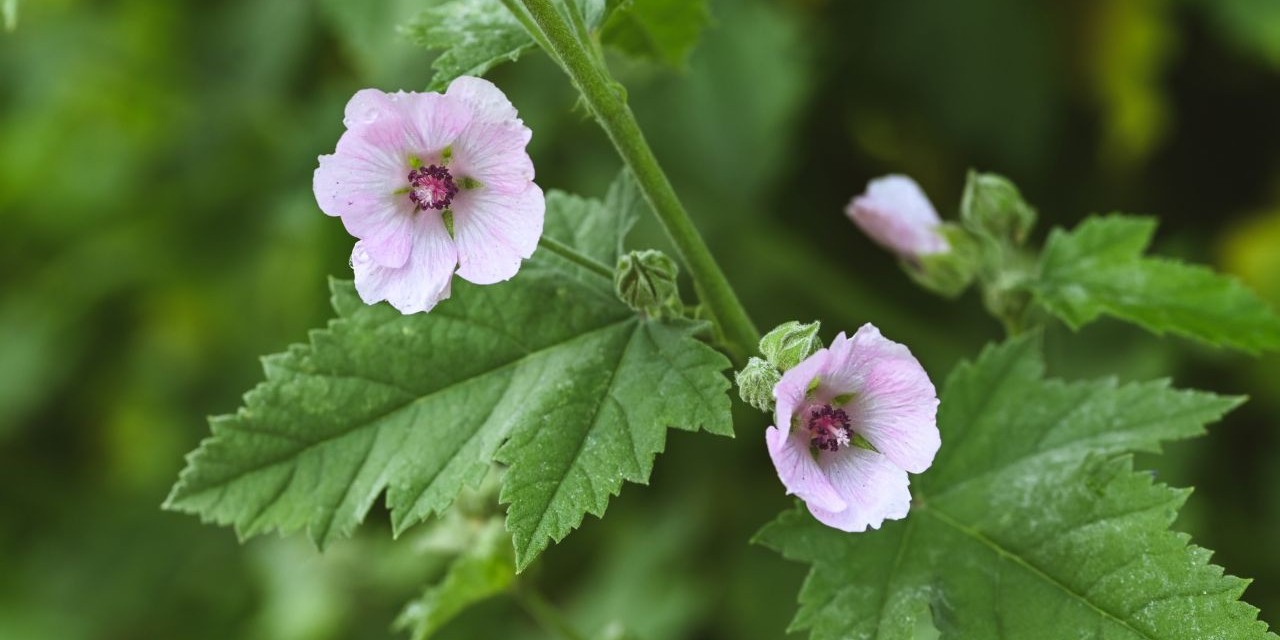
Sage Honey Benefits and Uses You Should Know
Sage honey is one of nature’s quiet treasures. Produced by bees that gather nectar from sage blossoms, this golden liquid carries the flavor of sun-soaked fields and centuries of traditional medicine. Unlike ordinary table honey, sage honey offers unique compounds, subtle floral notes, and a wealth of benefits for body and spirit.
It is also a reminder of the deep partnership between plants, pollinators, and people. Without sage blossoms, bees would have no nectar to collect. Without bees, sage would not spread so abundantly. And without both, we would lose a healing food that has nourished and protected countless generations.
What Makes Sage Honey Special
Sage has been cherished for its healing powers since ancient times. The plant itself was considered sacred by Romans and valued by herbalists for its ability to calm, cleanse, and preserve. When bees pollinate sage, they concentrate these aromatic essences into honey.
Sage honey is usually light to medium amber, with a delicate herbal aroma and a slightly earthy, less sugary taste compared to clover or wildflower honey. Its higher fructose content allows it to crystallize more slowly, making it a favorite for long storage.
Another remarkable feature of sage honey is its regional character. Sage thrives in Mediterranean climates and dry, rocky soils, meaning that sage honey often reflects a very specific landscape. The same variety of sage grown in California hillsides, for instance, can yield honey with different flavor subtleties than that produced in the Balkans. This sense of place gives sage honey a uniqueness that connects the jar on your shelf to the land where it was gathered.
Benefits of Sage Honey
- Soothes the Throat and Coughs
Sage honey is a gentle ally for respiratory discomfort. Its natural antibacterial qualities help calm irritated tissues, while its coating effect eases sore throats and coughs. Many people mix a spoonful with warm tea or simply take it straight to relieve symptoms.
- Supports Digestion
Traditionally, sage has been used to ease bloating and indigestion. Sage honey carries mild digestive benefits too. Taken in small amounts after meals, it may calm an unsettled stomach and promote smoother digestion.
- Natural Energy Booster
Like all honeys, sage honey provides quick, natural sugars that restore energy without the crash of processed sweets. Because of its slower crystallization and mineral content, it offers a steadier boost—ideal for outdoor work, hiking, or recovery after illness.
- Antimicrobial and Healing Properties
Sage honey can be applied topically to minor cuts or scrapes. Its antimicrobial activity helps keep wounds clean, while its moist, protective barrier supports healing. Herbal traditions also praise it for easing skin irritations and burns.
- Rich in Antioxidants
The sage plant is naturally high in phenolic compounds, and its honey reflects this gift. Antioxidants in sage honey may help reduce oxidative stress, protect cells, and support long-term wellness when enjoyed regularly in moderation.
- Calms the Mind
Sage has long been associated with clarity and calm. A spoonful of sage honey in warm milk or herbal tea before bed can be a soothing ritual to quiet a restless mind.
How to Use Sage Honey
- In Tea: Stir a teaspoon into chamomile or sage tea for added calm and flavor.
- On Toast or Yogurt: Enjoy its earthy sweetness with simple foods.
- For Sore Throat Relief: Take directly by the spoonful, or blend with lemon juice.
- As a Topical Aid: Apply a thin layer to minor cuts, scrapes, or dry skin.
You can also incorporate sage honey into homemade herbal remedies. Blending it with apple cider vinegar makes a tonic that supports immunity and digestion, while combining it with ginger creates a warming syrup that helps during cold months.
In the kitchen, sage honey’s earthy tones pair beautifully with roasted root vegetables, soft cheeses, or even drizzled over grilled meats. Its herbal complexity makes it a fine substitute for more common honeys when you want a flavor that is both sweet and grounding.
A Gentle Note of Caution
While sage honey is generally safe, it should not be given to infants under 12 months due to the risk of infant botulism. People with pollen or bee product allergies should also test cautiously. Like all honeys, moderation is key—too much can elevate blood sugar levels.
It is also wise to note that sage honey should be purchased from trusted sources. Because it is prized for its slow crystallization and unique flavor, some commercial suppliers may blend it with cheaper honeys. Look for raw, single-source sage honey whenever possible to ensure you are truly receiving the plant’s benefits.
Sage Honey vs. Other Honeys
| Honey Type | Flavor Profile | Crystallization Rate | Notable Benefits | Best Uses |
| Sage Honey | Light, earthy, herbal | Slow | Soothes throat, antimicrobial, antioxidant-rich | Teas, sore throat relief, savory dishes |
| Clover Honey | Sweet, mild, floral | Moderate | Everyday use, general energy support | Baking, sweetening drinks |
| Manuka Honey | Strong, medicinal, earthy | Slow | High antibacterial properties, wound healing | Topical applications, immune support |
| Wildflower Honey | Varies, complex, floral | Fast to moderate | Seasonal antioxidants, may ease allergies | Toast, yogurt, herbal tonics |
| Acacia Honey | Delicate, light, mild | Very slow | Gentle on digestion, slow to crystallize | Tea, desserts, children’s remedies |
Final Thoughts
Sage honey combines the resilience of bees with the ancient wisdom of sage. It’s more than just a sweetener—it’s a natural remedy, an energy tonic, and a soothing balm. Keeping a jar in your pantry connects you to traditions that span generations and reminds us that sometimes the simplest gifts of nature are also the most powerful.
You May Also Like:
 You’re Eating The Wrong Type of Honey
You’re Eating The Wrong Type of Honey
Discover The Most Effective Natural Antibiotic Growing In Your Backyard (Video)









Good afternoon. I was wondering how much sage, and honey should be used when making it yourself.